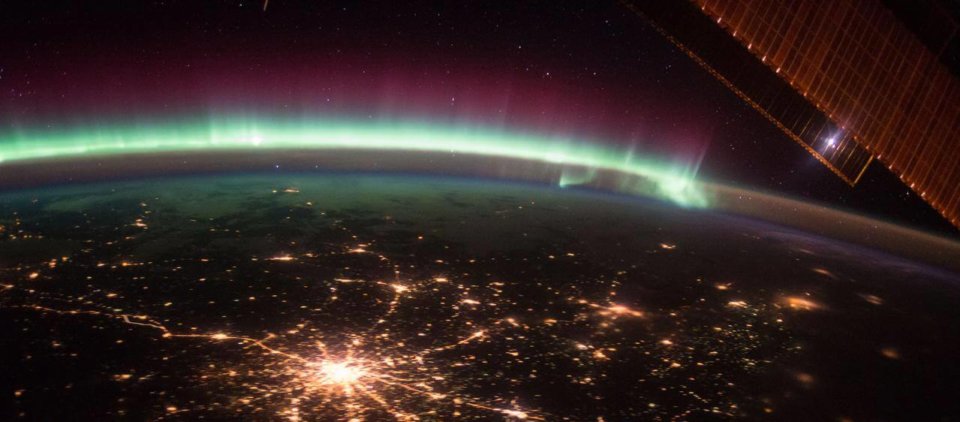When Robert J. Van De Graff invented his generator in 1929, he probably didn’t expect it would become one of the most widely-used tools to teach people about electrostatics! Originally developed as a particle accelerator to be used in physics research, Van De Graff Generators produce high-voltage, direct current (DC) electricity. This high voltage can… Continue reading
Astronomy Fact of the Day: March 29, 2020
On this date in 1974, the unmanned probe Mariner 10 made its flyby of Mercury, passing at an altitude of 756 km. Photographs taken during the pass revealed an intensely cratered, Moon-like surface and a faint exosphere made mostly of helium. Learn more about Mariner 10. Image courtesy of National Aeronautics and Space Administration (NASA)… Continue reading
Astronomy Fact of the Day: March 28, 2020
Tonight at 8pm you will find the brightest star in the night sky due south. This star is called Sirius and is part of the constellation Canis Major. Learn more about Sirius. Image courtesy of Torsten Bronger. derivative work: Kxx / CC BY-SA (http://creativecommons.org/licenses/by-sa/3.0/)
Comet ATLAS: A reason to look up
For weekly updates on Comet ATLAS, please visit McDonnell Planetarium Night Sky Updates. After a two-decade drought of bright comets in the Northern Hemisphere, newly discovered Comet ATLAS stands a chance of brightening our sky – and our lives – this spring. Comets are frozen hunks of gas, ice, and dust that orbit our Sun… Continue reading
Night Sky Update: March 27-April 2, 2020
This is the Saint Louis Science Center’s NIGHT SKY UPDATE for the week of Friday, March 27, 2020. Information updated weekly or as needed. Times given as local St. Louis time (CDT). For definitions of terminology used in the night sky update, click the highlighted text. Our next star party scheduled for Friday, April 3,… Continue reading
Astronomy Fact of the Day: March 27, 2020
In 1968 on this date, Yuri Alekseyevich Gagarin, the first person in space, died in an airplane crash. Due to his fame following his space flight, the Soviet leadership did not want to risk him on another flight, but they later relented; while requalifying for flight status, he crashed his MiG-15 trainer, and was killed… Continue reading
Magic? Or is it Science?!
In this at-home lesson, learn how to ‘pull’ off the classic tablecloth magic trick by understanding Isaac Newton’s Laws of Motion for an activity that everyone can participate in!
Astronomy Fact of the Day: March 26, 2020
In our solar system, planets closer to the sun are called inferior. Planets that are further from the sun are called superior. Superior planets are always at their best during what is called opposition. This is when they are closest to Earth for the year. Learn more opposition planets.
Astronomy Fact of the Day: March 25, 2020
On this date in 1655, Christiaan Huygens discovered Titan, one of Saturn’s moons. Learn more about Titan Image courtesy of NASA / Public domain
Who doesn’t like fire?!
Flames are the visible part of a gaseous fire, and their color depends on the fuel being burned. In this demonstration, we mix a variety of metal salts with denatured alcohol to get some amazing results! When heated through exothermic reactions, the atoms of these metal salts move to an excited, unstable state. As they… Continue reading







